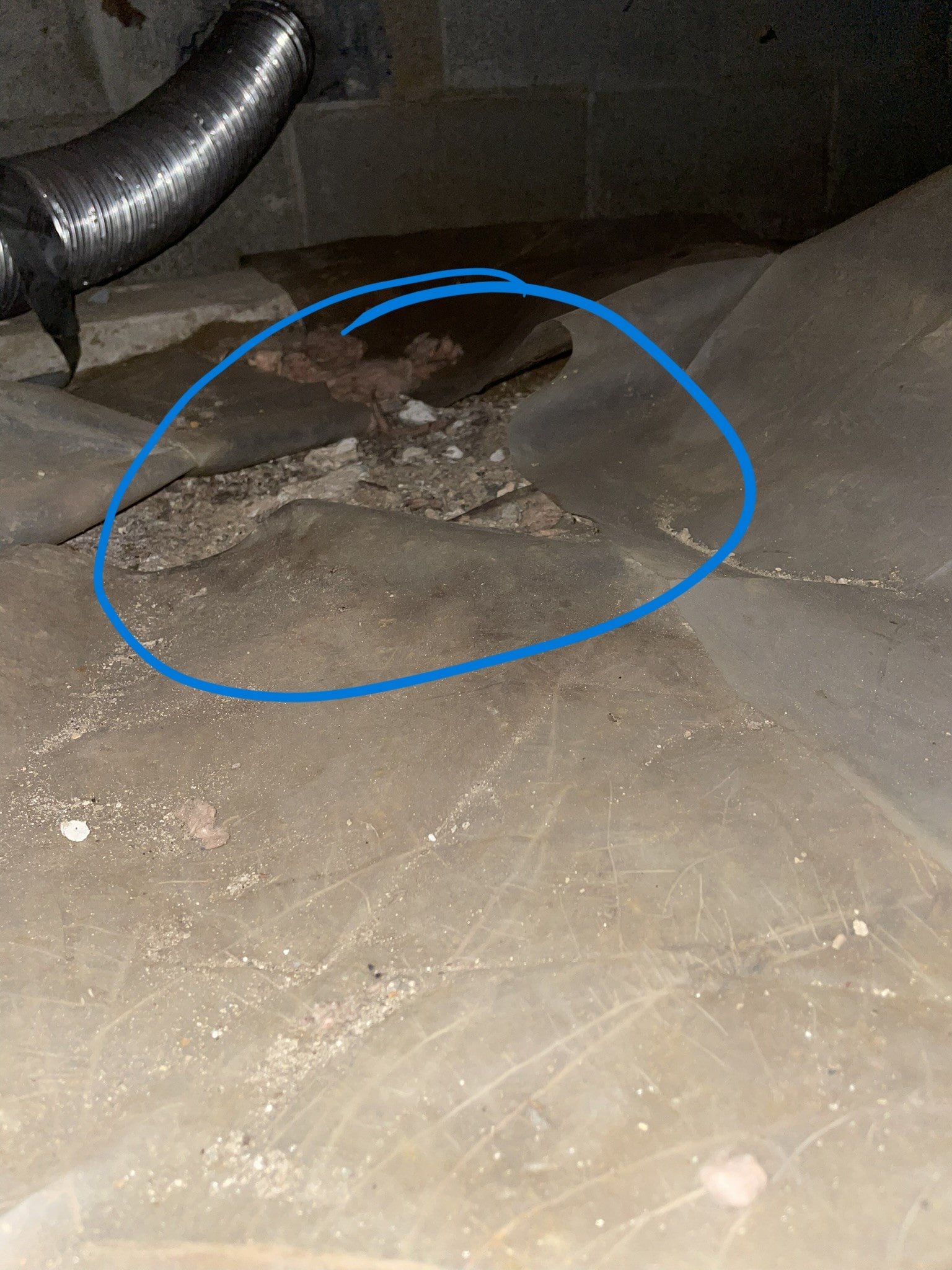What Is A Vapor Barrier?
A vapor barrier won’t make your home more efficient but will help ensure better air quality, fewer pests, and a more structurally sound home.
A vapor barrier is a plastic tarp installed on the floor of the crawl space to mitigate moisture from rising from the exposed dirt on the floor and into the home. Vapor barriers can be installed elsewhere in the home, but for this article, we will focus on the crawl space. This blog post will outline everything you need to know about vapor barriers in crawl spaces.
Why Is A Vapor Barrier Important?
A properly sized and installed vapor barrier will effectively mitigate a large source of potential humidity and moisture in your home. High humidity and moisture can lead to several problems. First high humidity can lead to mold or mildew which can degrade indoor air quality. Over time this mold can degrade the joist beams that hold your house! Additionally, high humidity attracts bugs and other unwanted pests. Lastly, insulation can soak up the humidity, which can cause it to fall from the subfloor or lose its effectiveness. Remember your house is connected so just because you can’t see what’s in your crawl doesn’t mean it isn’t affecting you.
Spider crickets are gross.
What Kind of Vapor Barrier Is needed?
Vapor barriers are measured in their thickness by millimeters. A vapor barrier should be 6 millimeters thick at a minimum. At Smart Energy Pros we recommend 10 millimeters unless there are serious cost considerations. If rocks line the floor, if a technician needs to access an air handler, or if the space is to be used for storage then a 16-20 millimeter vapor barrier is recommended. This is to ensure that the vapor barrier doesn’t tear and is a solution for the long term.
What if I already Have one and How should IT Be INstalleD?
You may already have a vapor barrier in your crawl space but in our experience, if it was original to the home or the addition then it was likely not installed properly. Just like most things in life if it wasn’t properly installed then it’s not acting effectively.
The effectiveness of this vapor barrier has been greatly reduced because of this tear.
Prep work must be done first! Any kind of sharp object that could break it must be removed. Additionally, any kind of deceased pest should be removed as well. Once completed, the vapor barrier must cover the entirety of the ground, run up the walls and columns by 6 inches, and be sealed to the walls. This is very difficult work considering that crawl spaces can have as little as two feet of height to work with.
Conclusion
If you want to improve your indoor air quality, help to ensure the home's structural integrity, and reduce pests, then contact Smart Energy Pros!



